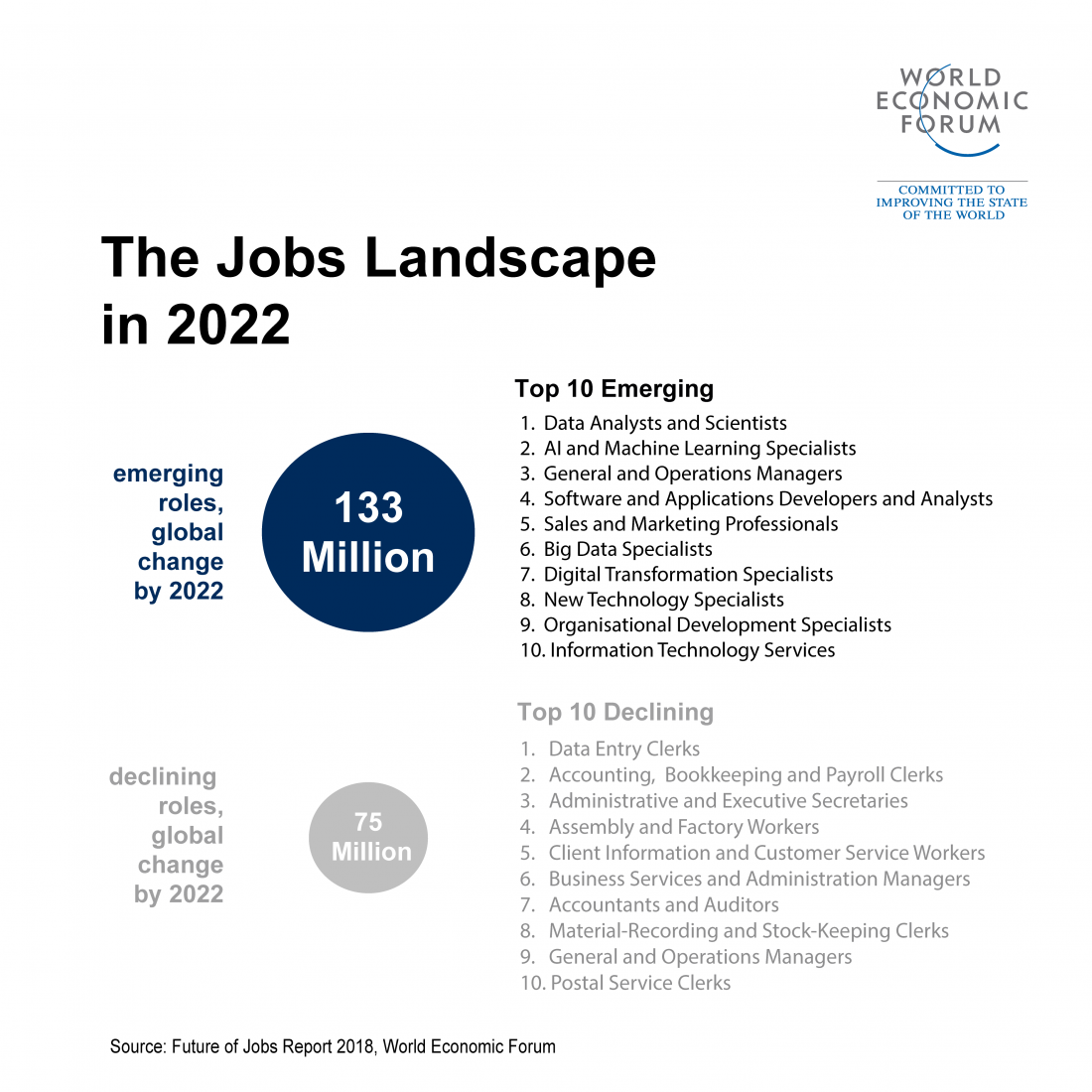The future is not really about replacing human beings; it’s about making humans smarter.
The rapid growth of artificial intelligence (AI) in professional software development has forced a reboot of Moore’s Law. That famous software industry axiom, coined by Intel co-founder George Moore, predicted that the number of transistors that would fit into an integrated circuit would double every year, thus enabling more computing power on ever-smaller processors.
For the last 50 years, Moore has been proved right. But today, as demand for the massive computing power required to drive complex processing tasks on smaller – often wearable – devices continues to grow, we have exceeded the pace at which the silicon transistor can keep shrinking. In their place, new breeds of ‘deep learning’ chips, which use algebraic equations and AI to squeeze more processing power into a smaller package, have gained prominence.
As proof of this trend, consider the fact that the number of academic papers about machine learning on Cornell University’s arXiv pre-print server is doubling every 18 months.
The story of AI’s transformation of the software industry is a classic example of how the technology is forcing a rethink of the fundamentals of every business. With more analytical power than ever before at our fingertips, new ways of accessing information, and virtually limitless growth potential, today’s business leaders need to get comfortable with letting go of legacy processes and restrictions and embracing change.
That is a massive shift for many businesses, but it’s not the kind that everyone was worried about. The early days of AI were replete with starry-eyed predictions of robots replacing the conventional workforce. One 2015 study even predicted that a quarter of jobs in the professional services sector would be replaced by AI-powered robots by 2025.
Amid all the alarmist predictions about robots stealing jobs – and even speculation that robots might even have to pay taxes after they steal your job – AI is increasingly revealing itself as more of an enabler than a disruptor.
The fact is, for every fearmonger’s forecast that robots will soon replace humans, the technology firms at the center of the robo-revolution can’t hire human technologists fast enough. For example, in my business, we have an average of 34 technology roles open at any given time. On an industry-wide basis, there are currently four open positions for every technologist currently employed in the U.S.
The reason for this, of course, is that the future is not really about replacing human beings; it’s about making humans smarter. To get there, we need technologists with the domain expertise to build new breakthroughs, but also the soft skills to navigate corporate culture and identify client pain points as we all move through a period of massive change. It’s a unique challenge that upsets the status quo in recruiting.
That’s why it’s more likely to find our recruiters at hackathons, college campuses, tech
meet-ups and industry conferences than in the office sifting through résumés or drafting job ads. You’ll also find them spending less time talking with candidates about specific technologies and previous career milestones and more about problem solving. This is an important pivot from the way recruiting was managed even five years ago.
The magic ingredient we’re really looking for in today’s technology professionals is a bit harder to quantify. We call it ‘learning agility’, and it is a measure of how quickly and effectively a person can learn a new concept and successfully apply it to a business challenge. It requires a combination of deep domain expertise to quickly identify potential solutions, but also soft skills like the ability to communicate and empathize in order to find the best path to completion.
The collective result of all of this is a much more nuanced, holistic view of both the candidate and our own company, one that weaves the hard and soft aspects of the work into the overall hiring equation. At a time when many companies are suggesting that the rise of technology will decrease the need for people, we’re seeing a very different trend emerge. Technology is indeed changing the profile of the people we’re looking for and dramatically impacting the way in which we find them, but it has not changed the fact that we still need them, perhaps now more than ever.
Ultimately, what the rise of AI is proving consistently is that the companies that will thrive in uncertain times are those with a relentless commitment to innovation, creativity, collaboration and learning, and with a diverse workforce that can anticipate trends and spot new threats from the least likely places. Increasingly, that is going to require a focus on professionals who not only have the technical acumen to deal with today’s challenges, but the flexibility to adapt to those of tomorrow.
This article originally appeared on the World Economic Forum’s Agenda.







